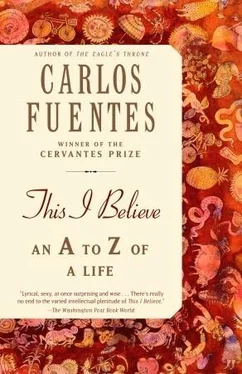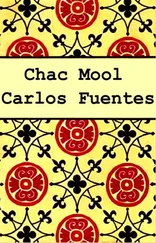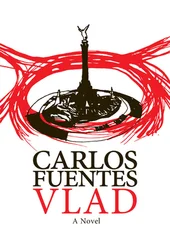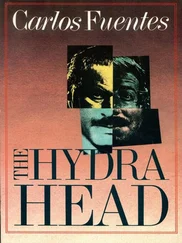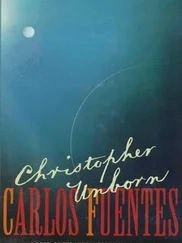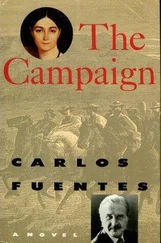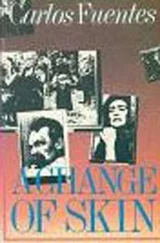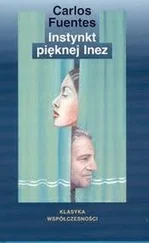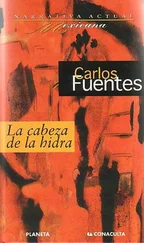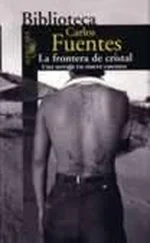In the universe of Tlon, time is denied. The present is infinite. The future has no more reality than current hope. The past has no more reality than the present memory. And there is no dearth of people in Tlon who declare that all of time has already occurred and that our lives are nothing more than the falsified, mutilated, crepuscular memory of an irrevocable process. At the foot of the page, Borges makes note of Bertrand Russell’s theory: that the universe was created only a few minutes ago and was instantly provided with a human race capable of remembering a past that never occurred.
The literature of fantasy proposes that reality is found on the other face of things, just beyond the senses, in a place that is invisible only because we didn’t know enough, because we didn’t extend our hand in time to touch its elusive presence. This, then, is what was behind Julio Cortázar’s sweeping vision. He looked out at the parallel reality, just around the corner, a vast and latent universe filled with its patient treasures, the contiguity of beings, the imminence of the forms that wait to be summoned by a word, a brushstroke, a gesture of the hand, a melody hummed, a dream. .
Imagination: mediation between sensation and reason, but with the ulterior motive of dispelling any logical relationship between cause and effect. This forces us to re-create everything, once we are freed from the pressure of convention, from that quotidian normality that so bothered Hawthorne.
Gregor Samsa wakes up to find he is an insect. And Odradek, the most mysterious of all of Kafka’s messengers, rambles through the tombs of Prague in a work filled with invalid Hermes. Odradek is a flat, star-shaped spool made of various multicolored threads. Odradek is treated like a child; his immediate appearance is absurd, but he is a totality, a complete specimen of his genre. Odradek might seem like the kind of person who was once, but is no longer, useful — though this, Kafka warns us, would be a grave mistake. Odradek, who hides on the stairs, in the corridors, in the halls: in communication. Odradek, who disappears for months at a time and then returns, invisibly but faithfully. Odradek, the guardian spirit, the ghost of the House of Kafka. Odradek is a myth, half-living and half-dead, half-object and half-living being, forgotten but present, without origin; without future and without goal.
Is the literature of the fantastic the ghost that restores all that is forgotten among the living?
In early 1950, just after my twenty-first birthday, I traveled to Switzerland to continue my studies at the University of Geneva and the Institut Universitaire de Hautes Etudes Internationales. Employed by the Mexican mission to the International Labor Organization (ILO), I served as secretary to Roberto Córdova, the Mexican member of the International Law Commission of the United Nations. All of this lent a terribly formal air to my arrival in Switzerland. Geneva, as always, was a very international city. I made friends with international students, diplomats, journalists. I met a beautiful Swiss student and fell in love with her, though our clandestine encounters were thwarted by two circumstances.
First, I was expelled from the strict pension where I was living on the Rue Emile Jung, for the clandestine reasons mentioned above. And second, my girlfriend’s parents ordered her to stop running around with a young man who came from such a dark, uncivilized country whose inhabitants, as the rumor went, ate human flesh.
The day my girlfriend broke it off with me, I consoled myself by going to a cinema on Rue Mollard to see Carol Reed’s celebrated movie The Third Man, which at the time was the greatest cinematic spectacle in the world. Its heroine was Alida Valli, one of the most beautiful women ever to grace the silver screen, and who years later would be my neighbor at the San Angel Inn neighborhood in Mexico City. In The Third Man, Valli was a perfect mask of frozen sensuality with clear, flashing, vengeful, resigned eyes.
Most important, however, the movie featured Orson Welles. I had first seen Citizen Kane as a child in New York, and from that day onward, I have always regarded it as the greatest talkie ever made in Hollywood. Its formal beauty, its bold lighting, its camera angles, and its great attention to detail were values that converged to tell the Great American Story: Money: how to make it and how to spend it. Happiness: how to search for it and never find it. Power: how to attain it and how to lose it. Kane was at once both the American Dream and its antithesis, the American Nightmare.
Now, at the Cinema Mollard, Welles emerged from the shadows of the Vienna sewers as Harry Lime, the cynical black marketeer who justifies his illegal activities with a phrase that became famous around the world and that affected Switzerland quite directly.
“In Italy under the Borgias,” said Orson Welles as Harry Lime, “they had warfare, terror, murder, and bloodshed, but they produced Michelangelo, Leonardo, and the Renaissance. In Switzerland, they had brotherly love, they had five hundred years of democracy and peace, and what did they produce? The cuckoo clock.”
I don’t recall how this observation was received by the audience in Geneva. I do know, however, that I had moved from that puritanical pension to a bohemian attic flat on the Place du Bourg-de-Four and from there, in the company of a Dutch cohort, I began to explore the dark side of cuckoo-land, the night life of Geneva. We discovered seamy cabarets teeming with third-rate Harry Limes, prostitutes with bleached blond hair eternally seated with their poodles at the Café Canonica, and a pair of beautiful dancers whom the Dutchman and I quickly befriended. My gleeful ardor, however, was somewhat dampened when I asked the ballerina out for a Saturday date, only to be responded to with a “Oh, no. Saturday is my husband’s day.”
Ah, the ghost of Calvin. Even the cabaret dancers were no more than animated cuckoo clocks, it seemed. After all was said and done, was Harry Lime right?
Before going to Geneva I had read Joseph Conrad’s novel Under Western Eyes, which had filled my mind with visions of a city of political intrigue, teeming with Russian exiles and fearsome anarchists. But even in the tragic hothouse atmosphere Conrad described, there was nevertheless something that resembled cuckoo-land: the protagonist Sofia Antonovna says to the traitor Razumov, “Remember, Razumov, that women, children, and revolutionists hate irony.”
He might very well have added, “And the Swiss, too?” As a Mexican, I have never appreciated generalizations regarding my country or any other for that matter (with the one exception of the United States: I am, after all, Mexican). Reading Conrad in Geneva, I could only echo his thoughts that “there are phantoms of the living as well as of the dead.”
And so, in the summer of 1950, I was invited by some very old and dear German Mexican friends, the Wagenechts, to visit them in Zurich. I had never been to Zurich before and harbored the preconceived notion that it was the very crown of the Swiss prosperity that stood out in such stark contrast with the rest of Europe, still convalescing from the war — London, where they were still rationing the most basic of items; Vienna, occupied by the four victorious powers; bombed-out Cologne; Italy, with no heating, its third-class trains packed tight with men in ratty pants carrying suitcases held together with twine; children collecting cigarette butts on the streets of Genoa, Naples, Milan. .
It was a beautiful city, Zurich. The balmy days of June exhaled the last deadening breaths of May and heralded the imminent arrival of the July heat. It was difficult to separate the lake from the sky — it was as if the waters had become pure air and the firmament, the very mirror of the lake. The feeling of tranquility, dignity, and reserve was irresistible and only heightened the physical beauty of the surroundings. Where are all the gnomes? I would ask myself. Where is all that gold hidden away? In this city where the Nibelungen ostensibly made themselves visible, dressed in frock coats and top hats as in George Grosz’s caricatures?
Читать дальше
